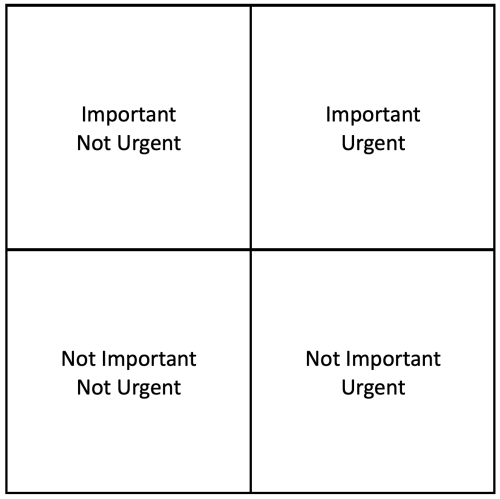
We all know how motivating setting a goal for ourselves can be. “My goal is to lose 20 lbs. in the next three months.” “My goal is to get to the gym three times a week.” And we become motivated to do what we need to do in order to achieve our goal.
But setting a goal for someone else has a completely different dynamic. No one cares because the goal usually has no meaning for them.
Oh,… they’ll “work at” achieving the goal. But their efforts are a matter of compliance rather than commitment. And as we know, the results produced by a compliant team are far less than those from a
committed team.
You see, a goal is just a metric to measure progress in the execution of a strategy. It has no emotional or inspirational component. It’s simply a means of determining progress. A strategic-sounding goal might be, “Our strategy is to double revenues over the next three years.” No matter how detailed the plan is to achieve that goal and regardless of the fanfare with which it is rolled out, this non-strategy is simply a goal to double sales – nothing more. Not only that, but the only people who will be enthused about the goal are the ones who set the goal. And while it may result in an initial burst of activity, it soon fades, resulting in business as usual.
If a leader truly wants a team to get behind a strategy and really strive to achieve it, the strategy must have an emotional component. There needs to be a compelling “why”. An effective strategy has to embrace a meaningful reason for the pursuit of it. Only then will the team be committed and their efforts be persistent enough to reach the objective.
So, the question becomes, what is a strategy with “an emotional component”?
A strategy is a direction that a company (or a team) needs to move in in order to address a problem or take advantage of an opportunity. By its very nature, the strategy will have an emotional component. In other words, people can take pride in achieving it or it matters to them and has some significance to them.
An example of an initiative with an emotional component might be something like: “We want to be known in our industry as the premier provider of custom solutions. We want to set ourselves apart from our competitors by developing creative solutions for the difficult problems faced by our customers.”
If you want a committed team and meaningful results, develop good strategies rather than setting goals.
It often helps to have a sounding board and to get outside perspective when developing a strategy and get strong buy-in. That’s why executive coaching is valuable.



